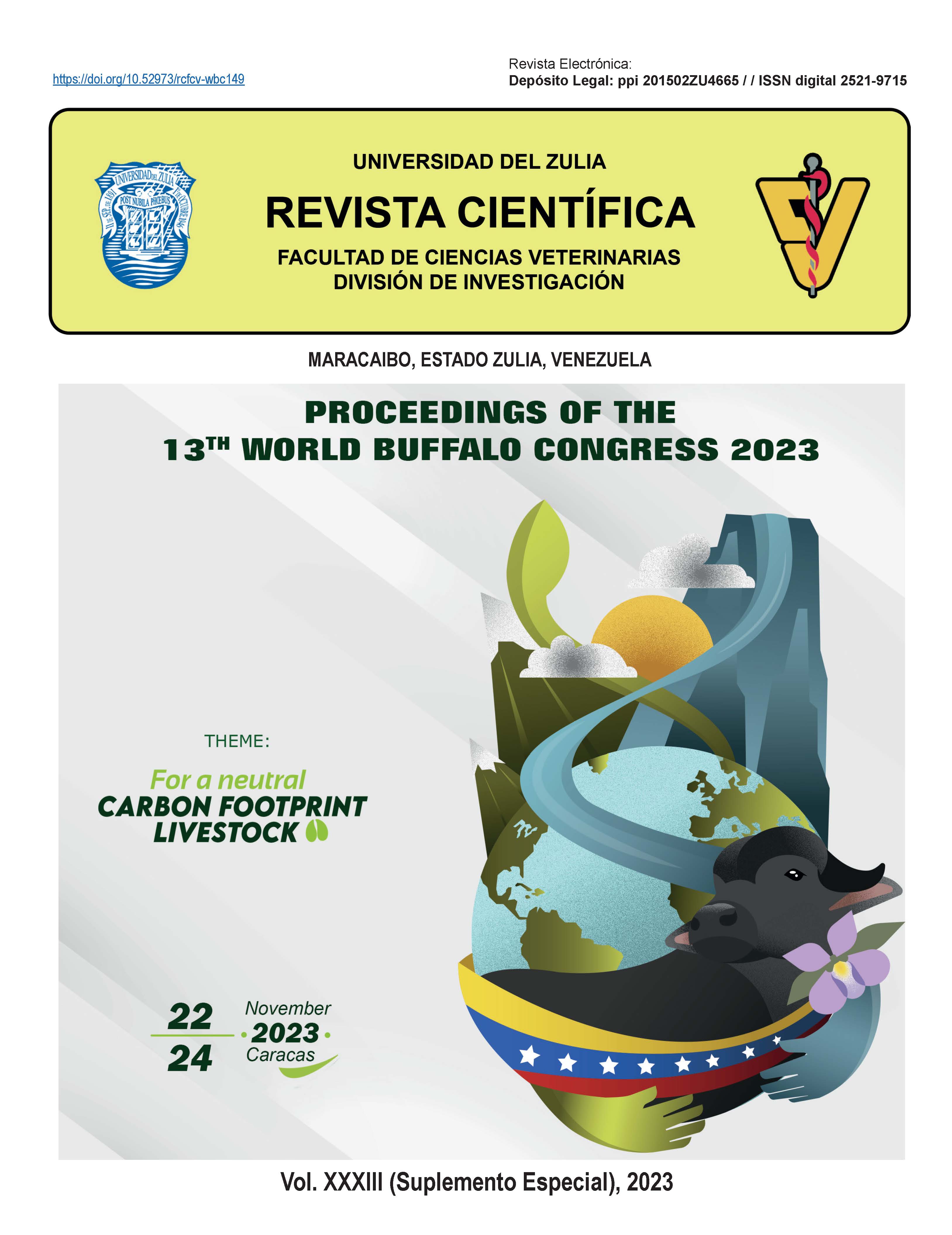Comparison of meat tenderness parameters and free amino acids content in different species: Buffalo, Yak and Maremmana beef
Abstract
Meat tenderness and flavor are essential characteristics for consumer satisfaction. These parameters are influenced by several aspects, such as animal species and proteolytic enzyme activity that occurs during post- mortem aging. This work aimed to evaluate the evolution of the proteolytic degradation on Longissimus dorsi muscle in male buffalo (B), yak (Y), and Maremmana beef breed (M) of about 16 months old during the pre-rigor and post-rigor period. Muscle samples were stored at 3 °C and sampled at 3, 6, 24, 72 h, 7, and 14 days after slaughtering five animals for each species. All the samples were stored at -80 °C and then analyzed for free amino acids (FAA) by GC, collagen insoluble content by quantifying hydroxyproline after acidic hydrolysis of meat (AOAC method), myofibrillar degradation (MFI) by spectrometric methods and sarcomere length by optical microscope measurements. On the 14th day, the shear force of cooked meat was determined by the Warner- Bratzler apparatus (WBS). Data were analyzed by ANOVA using a bifactorial model (species and aging times). Furthermore, correlation among data was performed. Among the studied species, M showed less FAA than Y (p<0.015), particularly Val, Leu, and Met. B meat showed an intermediate position. These amino acids are linked to a bitter flavor. B reported a higher value of Asp (0.55 μg/g vs 0.24 μg/g) and His (0.85 μg/g vs 0.23 μg/g) compared to M. As we expected, the aging time influenced almost all FAA. The increase in FAA generally contributes to the improvement of meat taste. During aging, FAA increased until 24 hours but decreased between 72 hours and seven days to speed up subsequently. Buffalo showed the lowest insoluble collagen percentage (65.59% vs. 69.95% average for Y and M) and the lowest MFI (44.63 vs 52.03, respectively p<0.005). On the contrary, B showed a higher sarcomere length than Y (1.52 vs 1.36 μm). All these parameters contributed to explaining the intermediate shear force value of B (41.4 N) with respect to Y (30.9 N) and M (58.6 N) assessed at 14 days. The shear force resulted inversely related to Leu (r-0.74), Met (r-0.63), and MFI (r-0.69) with significant Pearson coefficients. In conclusion, we can highlight several differences among the species, and buffalo meat reported some indicators of proteolysis favorable for quality.
















